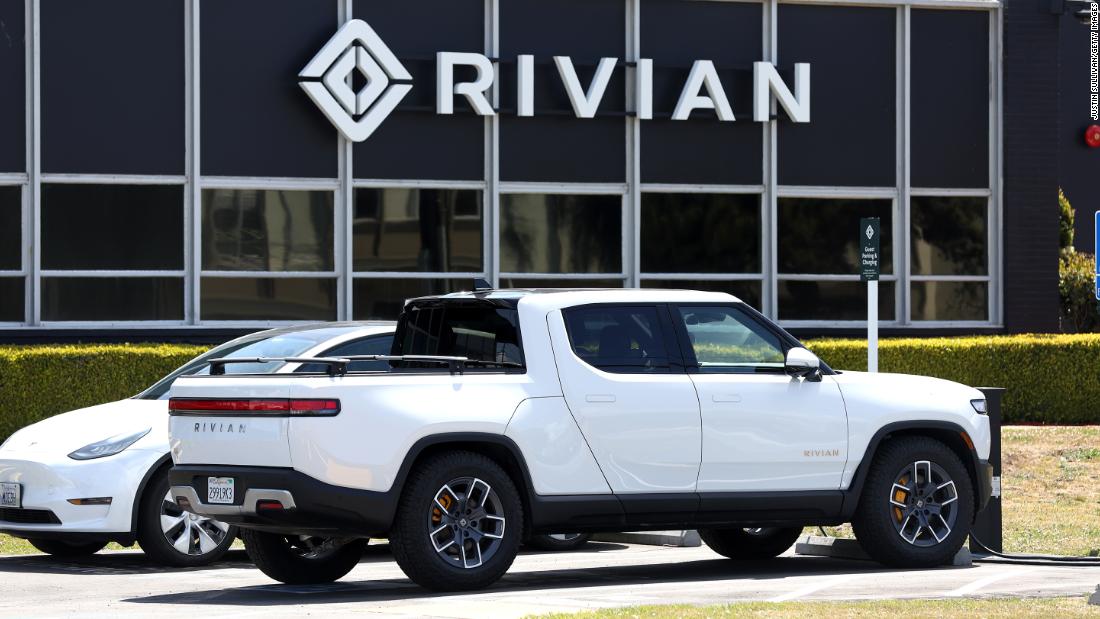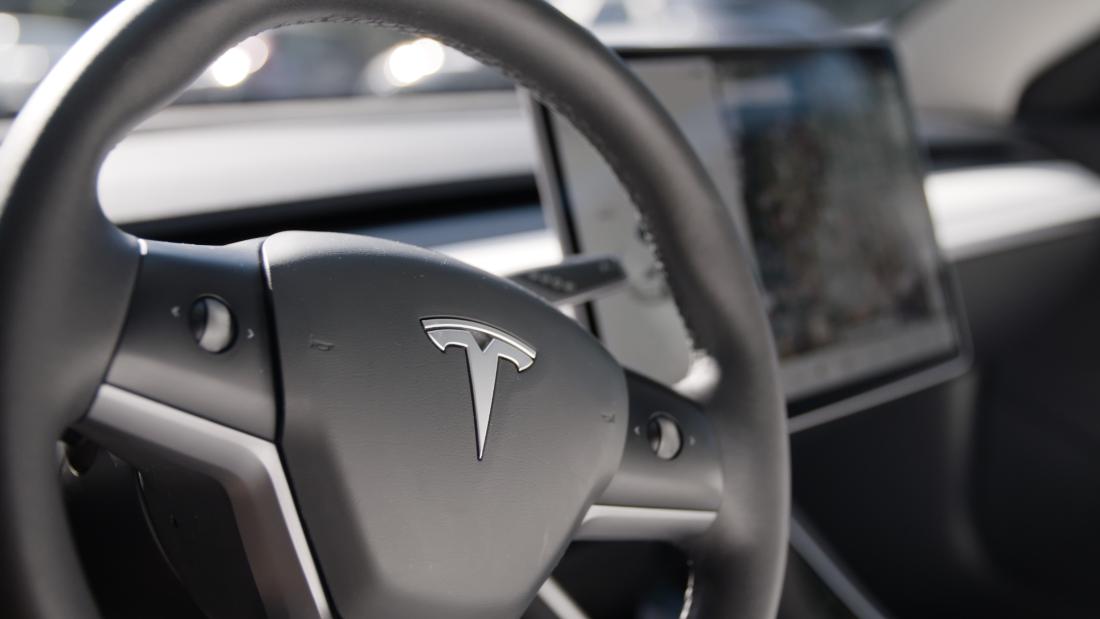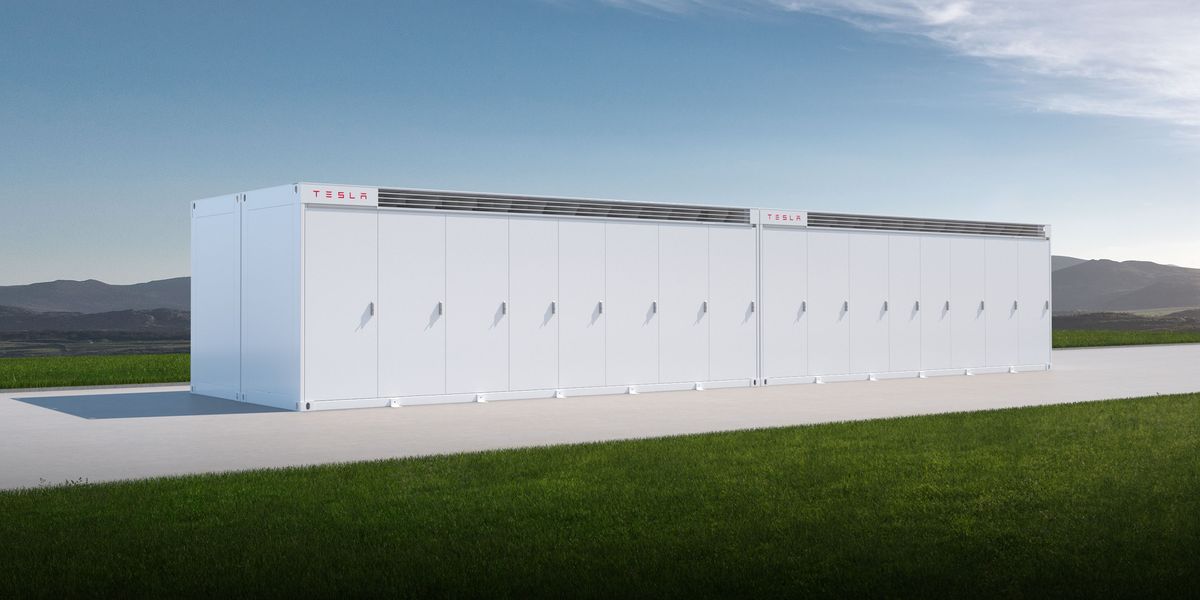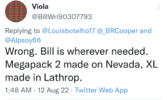Gigapress
Trying to be less wrong
Tesla is supposed to unveil a “highly configurable robovan” design soon. That's probably the vehicle they intend to use for small urban deliveries because the official target is still safer-than-human autonomous driving by the end of this year. They probably have a backup plan in case autonomy once again doesn't work out on schedule.Bingo! An EV is optimized for cases of lots of starting and stopping, and most limited in applications requiring high-speed (high aerodynamic drag) driving for long periods of times. For all the reasons you mention, Semi makes a lot of sense for local/short haul delivery applications and "city to city" runs (not necessarily cross country). Now, my question-rather than starting with Semi, why not start with smaller delivery vehicles, such as UPS/FEDEX/Amazon/mail trucks? Much more start/stop operation, lots of vehicles and demand, and a lot of exposure to consumers. How much of an impact would a Tesla logo on the BBT or Amazon truck customers see every day have on potential EV purchasers? And fewer miles covered in a given day, meaning more vehicles from a constrained battery supply. I'm curious why Tesla has left this open to Bright Drop and Rivian (and some others) at this point-seems like much less of a technical and production challenge than Semi. Semi does seem like a natural foundation for panel trucks.
Having said that, I'm wondering if Tesla is waiting to "drop the big one" on the delivery market, with a ground-up design, using their expertise in design for manufacturing and "alternate" construction methods, with a platform at a dramatically lower cost than anything currently on the market.
Last edited:









